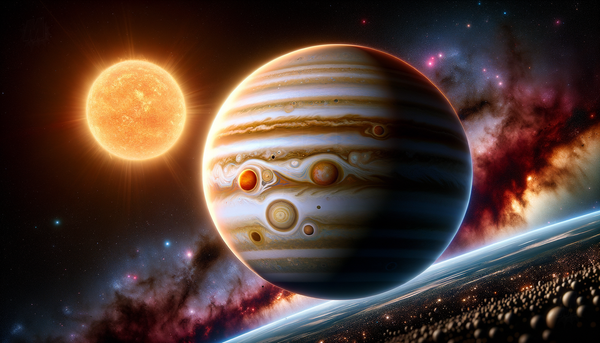Webb Telescope Discovers Most Distant Galaxy in Universe

NASA's James Webb Space Telescope (JWST) has discovered the most distant galaxies ever observed, dating back to just 290 million years after the Big Bang. The primary galaxy, named JADES-GS-z14-0, spans 1,600 light-years and shines several hundred million times the mass of the Sun. This discovery, made by the JWST Advanced Deep Extragalactic Survey (JADES) team, provides significant insights into the early universe's formation and evolution.
The JADES team, including astronomers from institutions such as the Center for Astrophysics | Harvard & Smithsonian and the University of Arizona, used JWST's advanced technology to observe these galaxies. They determined that the light from JADES-GS-z14-0 is primarily produced by young stars rather than a supermassive black hole. The galaxy's redshift of 14.32 indicates its extreme distance, marking a new milestone in cosmic observations. This finding enhances our understanding of the Cosmic Dawn and the rapid formation of massive galaxies in the early universe.




